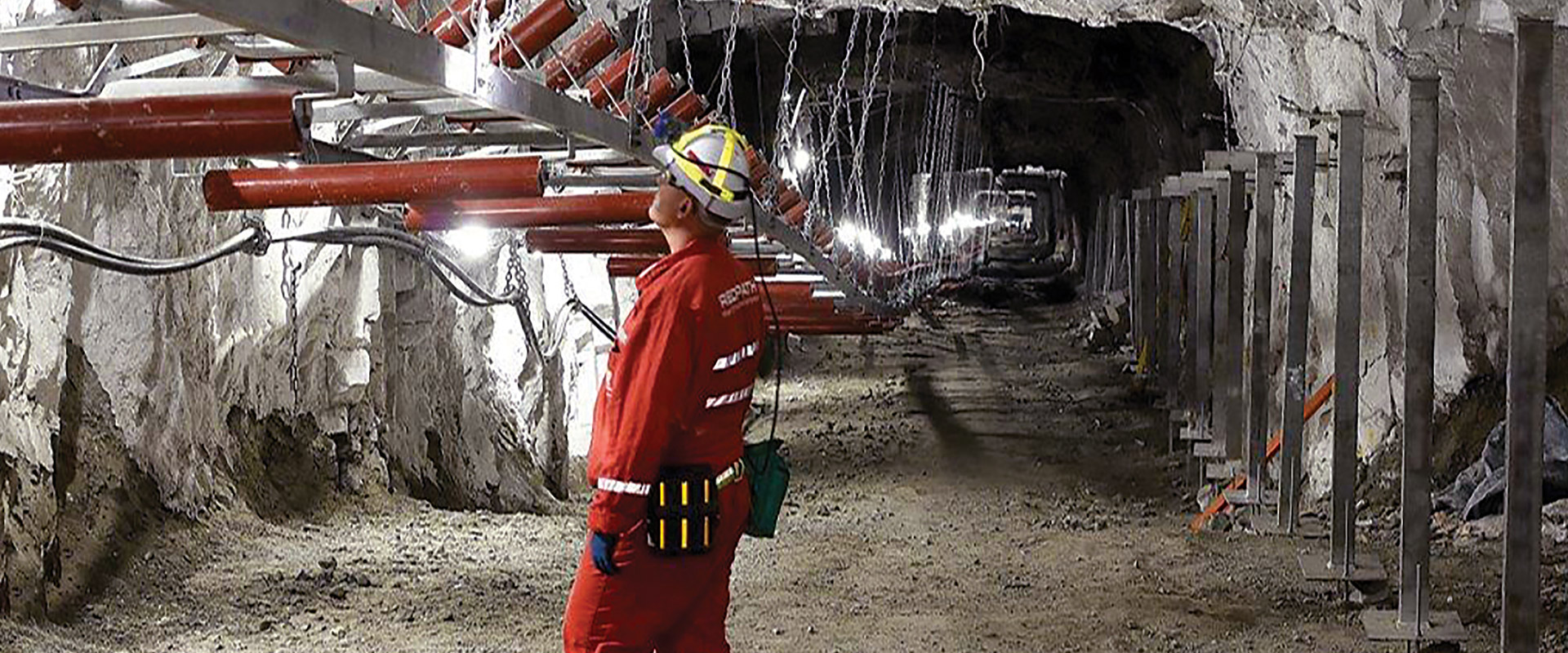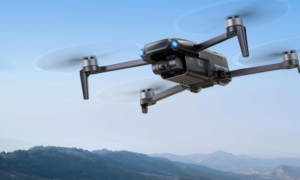Mining is one of the most critical industries, providing the resources that fuel global development. However, it remains inherently hazardous due to the complex nature of its operations. Preparing for the unexpected in underground mining is essential to ensuring the safety and well-being of workers and the environment. This article explores vital strategies and practices for addressing unforeseen situations in underground mining operations, with a focus on prevention, preparedness, and effective response.
Understanding the Risks in Underground Mining
Underground mining presents a unique set of risks that require constant vigilance, making mines rescue efforts critical. Collapses, fires, flooding, and exposure to harmful gases are some of the potential hazards. These risks are compounded by the confined spaces and challenging working conditions that make quick evacuations difficult. Effective risk management begins with identifying potential dangers and implementing measures to lower them.
Employers and teams must stay informed about the evolving nature of these risks. For instance, new challenges, such as increased rock pressure and thermal stress, emerge as mining operations expand deeper into the earth. Regular risk assessments and adapting safety protocols are crucial to ensure mines are prepared for any scenario.
The Role of Training in Emergency Preparedness
One of the most effective ways to prepare for unexpected events in mining is through comprehensive training programs. Rescue training equips workers with the skills and knowledge needed to respond quickly and effectively to emergencies. These programs cover critical areas such as firefighting, first aid, and gas detection, ensuring miners are ready to handle complex situations underground.
Training also builds team cohesion and enhances communication, both of which are essential during an emergency. Workers gain confidence in using specialised equipment and learn how to execute evacuation plans under pressure. By conducting regular drills and simulations, mining operations can instil a culture of readiness that minimises risks and saves lives.
The Importance of Early Warning Systems
Early warning systems are vital for identifying and addressing potential hazards before they escalate. Modern mining operations rely on advanced monitoring technologies to detect gas leaks, seismic activity, or equipment malfunctions. These systems provide real-time data that helps teams respond proactively to avoid dangerous situations.
Installing early warning systems modified to specific mining conditions can significantly enhance safety. For instance, gas sensors and ventilation monitoring equipment can detect harmful gases like methane and carbon monoxide, allowing workers to take immediate action. Similarly, seismic monitoring systems provide critical insights into ground movement, reducing the likelihood of rockfalls or collapse.
Emergency Response Planning
An effective emergency response plan is a cornerstone of preparedness in underground mining. This plan outlines the steps to be taken during various emergencies, ensuring all workers know their roles and responsibilities. Key components of a response plan include evacuation routes, communication protocols, and procedures for providing medical assistance.
Regular updates to the emergency response plan are essential to account for changes in mining operations or new risks. Teams should also conduct post-incident evaluations to identify areas for improvement. This continuous refinement ensures the plan remains practical and effective in real-life scenarios. Collaboration with external experts and emergency services can also provide valuable support during critical situations. Establishing partnerships with local response teams ensures resources and expertise are readily available when needed.
Specialised Rescue Techniques
The nature of underground mining requires specialised rescue techniques that differ from those used in other industries. Rescue operations often involve navigating confined spaces, working in low visibility, and using specialised equipment to locate and extract workers.
Advanced training in these techniques is critical for rescue teams to succeed under challenging conditions. Teams are trained in rope rescue, mine ventilation, and structural stabilisation to address various emergencies. They also practice using breathing apparatuses and other lifesaving equipment to perform rescues in hazardous environments.
Promoting a Safety-First Culture
Creating a culture that prioritises safety is perhaps the most effective way to prepare for the unexpected. This involves fostering an environment where safety is a shared responsibility among all team members, from senior management to entry-level workers.
Regular safety meetings and open communication channels encourage workers to voice concerns and report potential hazards without fear of retaliation. Empowering workers with knowledge and tools to take proactive measures is essential for maintaining a safe work environment.
Moreover, recognising and rewarding safety compliance reinforces positive behaviour. When safety becomes ingrained in daily operations, teams are better prepared to face unexpected challenges with confidence and resilience.
Preparation for the unexpected in underground mining is a multifaceted approach that combines risk management, training, and technology. Implementing robust emergency response plans, investing in mines rescue training, and fostering a safety-first culture are all essential steps toward minimising risks. By adopting proactive measures, mining operations can build resilience and safeguard workers’ lives while ensuring their activities’ sustainability. Preparedness is not just a regulatory requirement but a commitment to the people who power one of the world’s most vital industries.





























